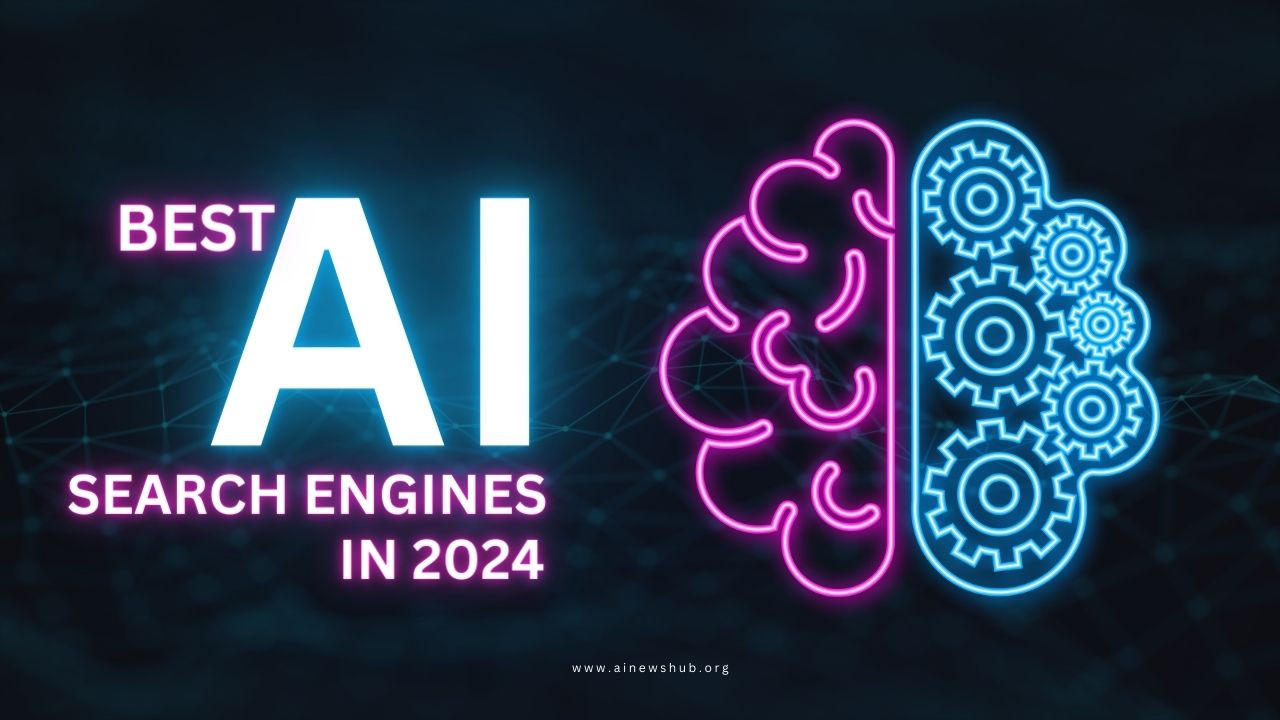Energy-Based World Models: A Leap Towards Human-Like Cognition in AI
Recent advancements in artificial intelligence have been dominated by autoregressive models, notably systems like ChatGPT and DALL-E, which have revolutionized the ways in which machines generate text and images. Yet, despite their groundbreaking capabilities, these systems fall short of attaining true human-like cognitive skills. Their inability to perform complex reasoning and problem-solving hinders their effectiveness in scenarios that require nuanced thinking. However, a promising new approach called Energy-Based World Models (EBWM) offers a fresh perspective, potentially bridging this cognitive gap.
Exploring the evolution of AI cognition
Understanding the Limitations of Autoregressive Models
Autoregressive models have become integral to self-supervised learning (SSL), utilizing vast amounts of unlabeled data for training. The methodology is straightforward: given a sequence, these models predict the next element, for instance, a subsequent word in a sentence. However, traditional Autoregressive Models (TAMs) encounter significant limitations when tasked with human-like capabilities such as reasoning or long-term planning.
The inadequacies stem from profound differences between how TAMs operate and the cognitive processes of the human brain. A closer examination reveals four essential cognitive capabilities that are glaringly absent in TAMs:
- Future Predictions Influencing Internal State: Unlike humans, who can adjust their mental state based on predictions, TAMs merely generate outputs without any internal adjustment.
- Evaluating the Plausibility of Predictions: Humans inherently assess the likelihood of their forecasts, whilst TAMs lack this evaluative process.
- Dynamic Resource Allocation: Human cognition varies resource allocation based on task complexity, which TAMs do not replicate, dismissing a key aspect of intelligent thought.
- Modeling Uncertainty: Humans effectively manage uncertainty in continuous spaces, while TAMs are constrained to discrete token breakdowns.
These limitations highlight a significant disconnect in harnessing AI technologies that truly resonate with human-like thought processes.
The Birth of Energy-Based World Models
Researchers from esteemed institutions, including the University of Virginia and Stanford University, have put forth EBWM as a remedy to the challenges posed by TAMs. The core philosophy behind EBWM is to treat world modeling as a process of forecasting future states within the context of input data. In this framework, rather than merely predicting, the model assesses the energy or compatibility of these future states in relation to the present context, employing an innovative Energy-Based Model (EBM).
Energy-Based Models operate through contrastive learning principles. They quantify the compatibility of various inputs with a scalar energy value—lower values indicate strong compatibility, while higher values suggest weaker connections. The overarching goal of EBMs is to minimize energy, optimizing the predictive accuracy in the process.
Visualizing Energy-Based World Models in operation
Such a model, when presented with a current state and several potential future states, evaluates their compatibility. This approach effectively targets the fundamental cognitive gaps observed in TAMs, particularly in shaping internal states and managing prediction uncertainty.
Transforming AI with the Energy-Based Transformer
To elevate EBMs to competitive levels against contemporary architectures, the researchers engineered the Energy-Based Transformer (EBT). This novel transformer architecture integrates elements derived from diffusion models and enhances attention mechanisms to better accommodate various predictions and future states.
Notably, preliminary results indicate that while EBWM may initially lag in training speed compared to TAMs, it shows a remarkable capacity for scaling. As computational demands increase, the efficiency of EBWM surges, eventually surpassing that of TAMs. The researchers note,
“This outcome is promising for higher compute regimes, as the scaling rate of EBWM is higher than TAMs as computation increases.”
Additionally, EBWM exhibits a notable resilience to overfitting, attributed to its capacity for learning joint distributions, unlike the conditional distributions typically utilized by TAMs.
Complementing Conventional Approaches
While EBWM presents exciting new capabilities, the researchers do not view it as a straightforward replacement for traditional models. Instead, they assert its role as a complement to TAMs, particularly in scenarios necessitating long-term, complex reasoning—characteristics pivotal for tasks demanding System 2 thinking. They concede that in situations requiring quick responses, such as low-latency applications, the enhanced computational overhead associated with EBWM might not justify the benefits.
As I delve deeper into these innovations, I can’t help but feel optimistic about the future of AI cognition. The fusion of energy-based principles with transformative architectures could herald a new era where AI systems are not only intelligent but resonate with human-like reasoning. This endeavor could unlock new potential across various sectors, from autonomous decision-making to creative problem-solving.
In conclusion, as we stand on the precipice of AI evolution, the exploration of Energy-Based World Models signifies an imperative shift toward more sophisticated cognitive capabilities. We must embrace this challenge and foster a landscape where AI not only augments human potential but also enriches our understanding of intelligence itself.
Imagining the future of cognitive AI
Final Thoughts
The research into EBWM and its implications for the realm of artificial intelligence brings with it a wave of hope and possibility. With each new breakthrough, we inch closer to machines that can not only think, but think like us. The journey is fraught with challenges, yet the rewards are immense. Together, as we explore these uncharted territories, we can redefine what it means to be intelligent in the age of AI.


 Photo by
Photo by 












